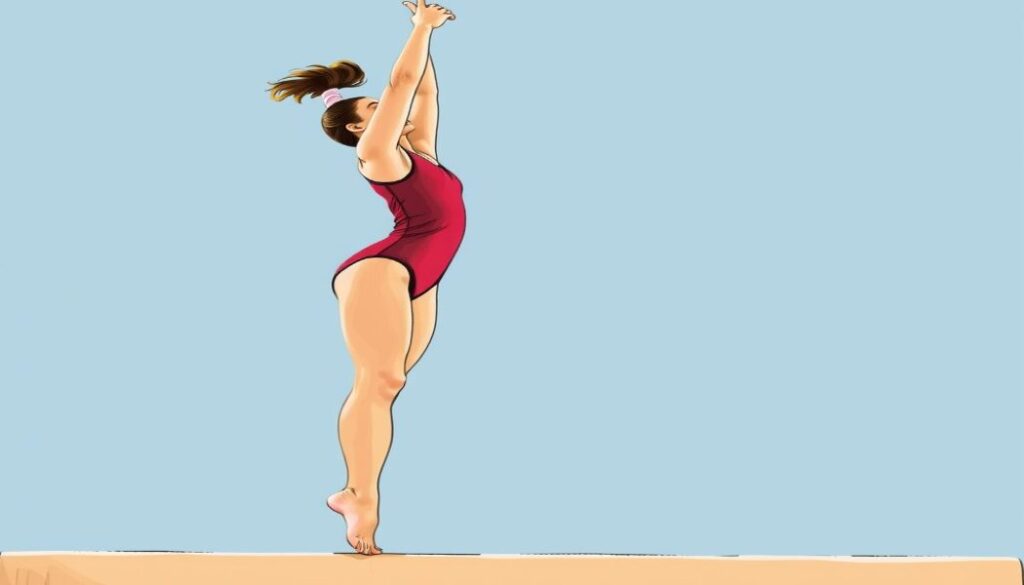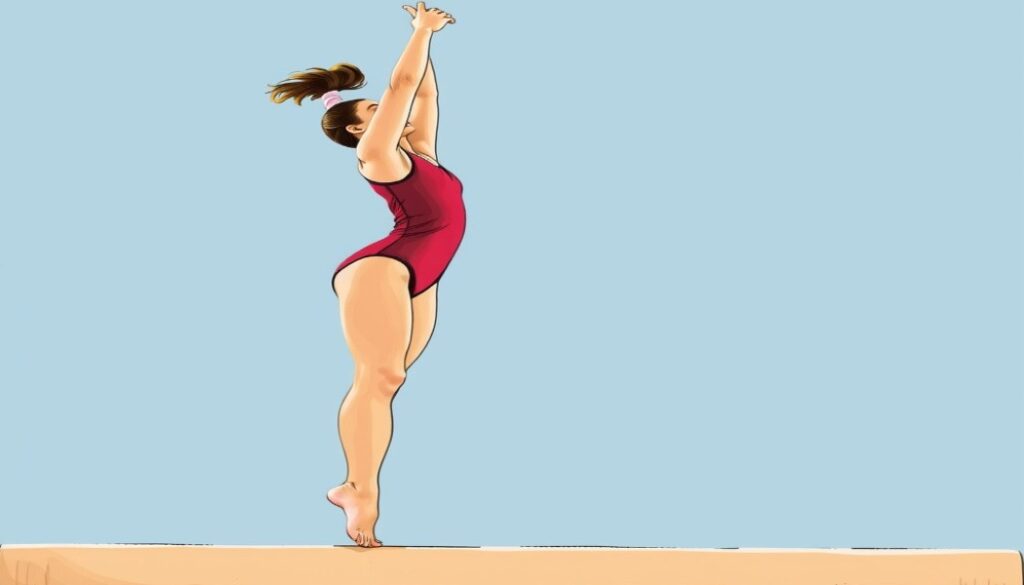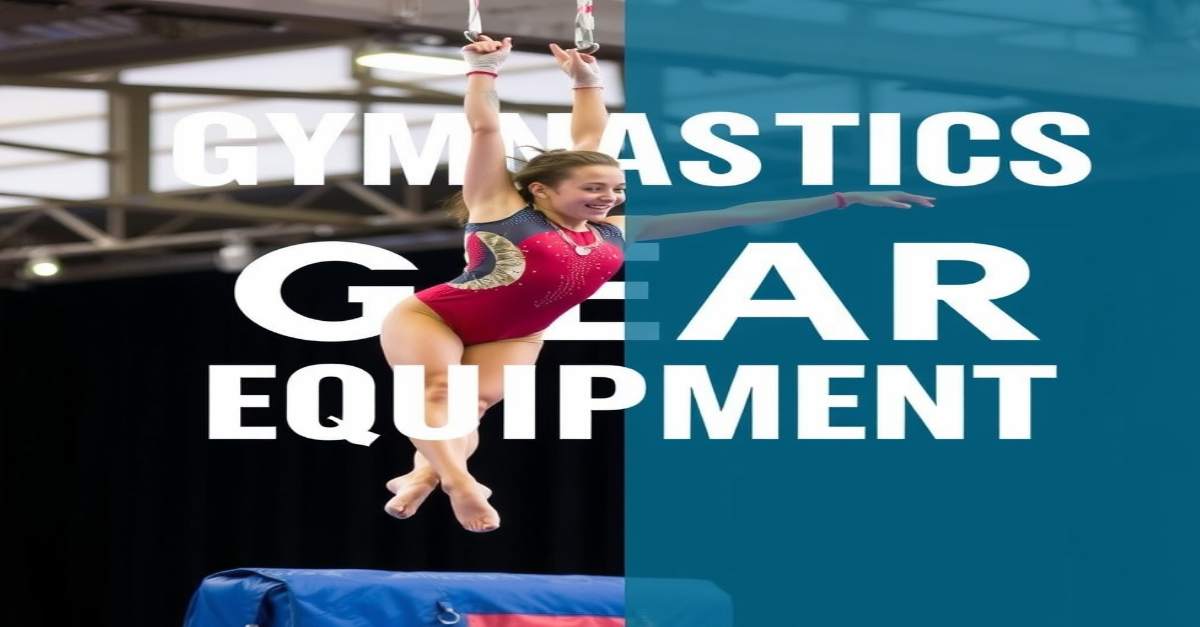Precision and balance are essential in gymnastics. The gymnastics beam, with its specific dimensions, plays a crucial role in training and competition. Understanding these dimensions and their implications is vital for gymnasts, coaches, and equipment manufacturers to ensure safety and performance.
Standard Dimensions of a Gymnastics Beam
According to the International Gymnastics Federation (FIG), the standard dimensions for a gymnastics beam are as follows:

- Length: 5 meters (16.4 feet)
- Width: 10 centimeters (3.9 inches)
- Height from floor: 1.25 meters (4.1 feet)
- Weight: Approximately 500 grams (1.1 pounds) to 600 grams (1.3 pounds)
These specifications ensure consistency and safety in gymnastics beam competitions and training.
Benefits of Understanding the Beam’s Width
The 10-centimeter width of the beam requires gymnasts to develop precise balance and control. This narrow surface increases the difficulty of routines but also allows for impressive displays of skill and artistry.
Comparing the Gymnastics Beam to Other Equipment
To provide a holistic understanding, let’s compare the gymnastics beam with other similar equipment:
Balance Beam

- Length: 5 meters (16.4 feet)
- Width: 10 centimeters (3.9 inches)
- Height from floor: 1.25 meters (4.1 feet)
- Weight: Approximately 500 grams (1.1 pounds) to 600 grams (1.3 pounds)
- Key Difference: The balance beam has a round, solid construction compared to the gymnastics beam’s square shape and padded surface.
Uneven Bars
- Distance between bars: Adjustable from 130 cm (51 inches) to 180 cm (71 inches)
- Height from floor:
- Higher bar: 250 cm (8.20 feet) to 275 cm (9 feet)
- Lower bar: 150 cm (4.92 feet) to 175 cm (5.74 feet)
- Key Difference: The distance between the bars is adjustable, which allows for different routines and difficulty levels.
Safety Considerations for Gymnastics Beam Width
Safety is paramount when working with the narrow surface of the gymnastics beam. Here are some critical points to consider:
Importance of Balance and Control

- Risk of Falls: The narrow width requires precise balance and control, increasing the risk of falls and injury.
- Training and Supervision: Proper training and supervision are essential, especially for beginners, to ensure safe use.
Maintenance and Safety Equipment
- Regular Maintenance: Regular beam maintenance, including checking for any loose parts or damage, is critical to prevent accidents.
- Safety Mats and Spotters: The use of appropriate safety mats and spotters can help mitigate the impact of falls.
Practical Safety Tips
- Warm-up Routines: Follow proper warm-up routines to reduce the risk of strains and sprains.
- Safety Guidelines:
- Always have spotters ready during practice.
- Position safety mats correctly to cushion falls.
- Inspect the beam regularly for wear and tear.
Conclusion
The narrow width of the gymnastics beam presents unique challenges that demand precision, control, and rigorous safety measures. Whether you’re a gymnast, coach, or equipment manufacturer, understanding these dimensions and their implications is critical to ensuring a safe and successful gymnastics experience.










